5,000-year old 'cultic space' discovered in Iraq dates to time of the world's first cities
Archaeologists in Iraq have discovered the remains of a 5,000-year-old building that might have been used as a "cultic space" or temple for worship.
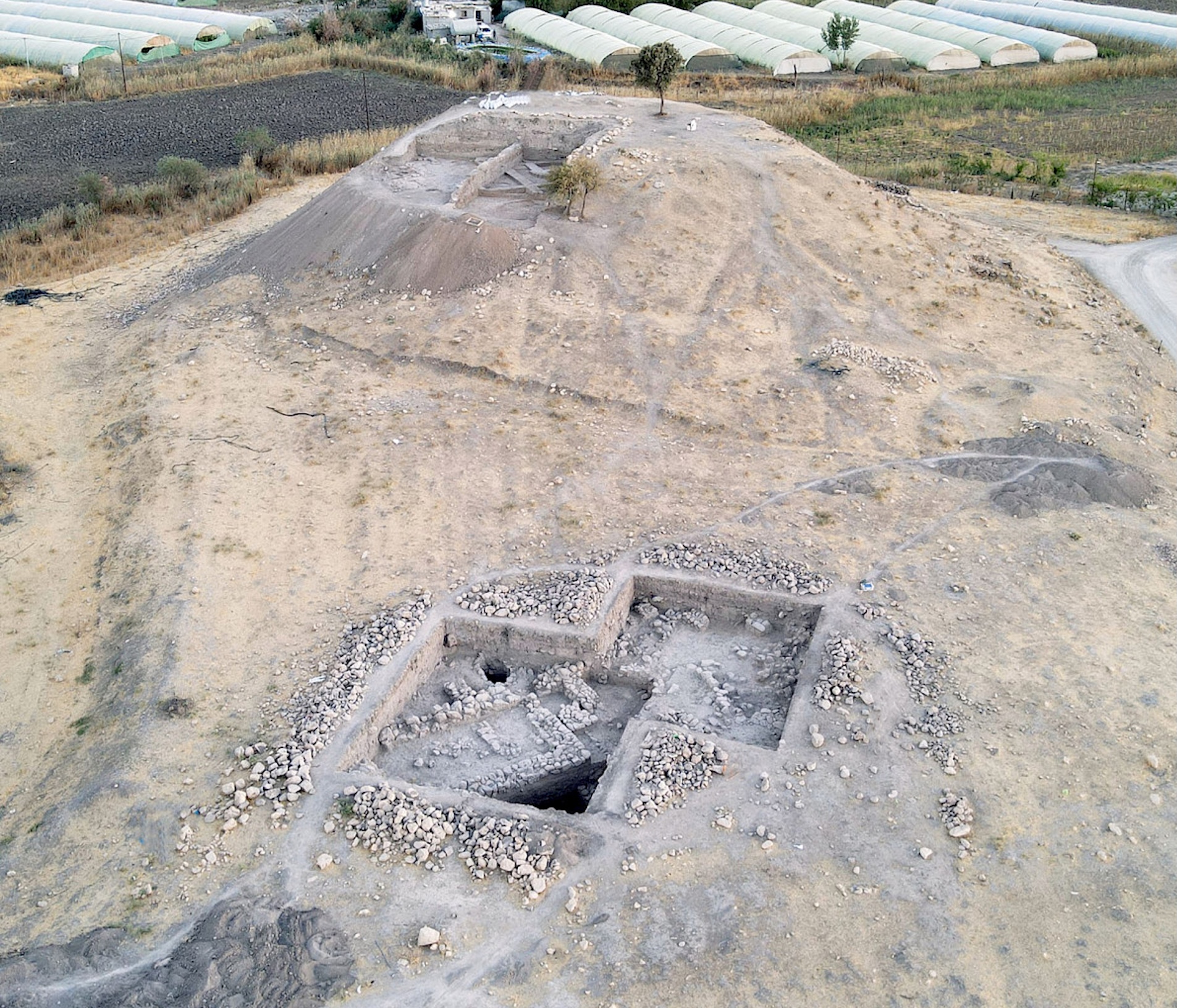
Archaeologists in Iraq have unearthed the remains of a 5,000-year-old building that may have been a temple from the Uruk period, when the first cities in the world were taking off.
The buried "monumental" structure was discovered in September at the Kani Shaie archaeological site in the northern Sulaymaniyah Governorate, in the foothills of the Zagros Mountains in northern Iraq, according to a statement.
"If the monumental nature of this building is confirmed — which we are now investigating in detail — the discovery could transform our understanding of Uruk's relationship with surrounding regions," the researchers said in the statement.
The structure dates from between about 3300 to 3100 B.C. during the Uruk period, which is named after Uruk in southern Mesopotamia.
Ancient Uruk was a city of up to 80,000 people, spread out over an area of up to 990 acres (400 hectares) with a grid-like pattern of streets and zones for different functions, such as administrative and residential neighborhoods, according the late German archaeologist Hans Nissen in his key work "The Early History of the Ancient Near East" (University of Chicago Press, 1988).
The excavation leaders said in the statement that the structure was found in the top part of a mound of earth at Kani Shaie, and that its architectural style indicated it had been an official building of some sort and possibly a "cultic space" or temple for worship.
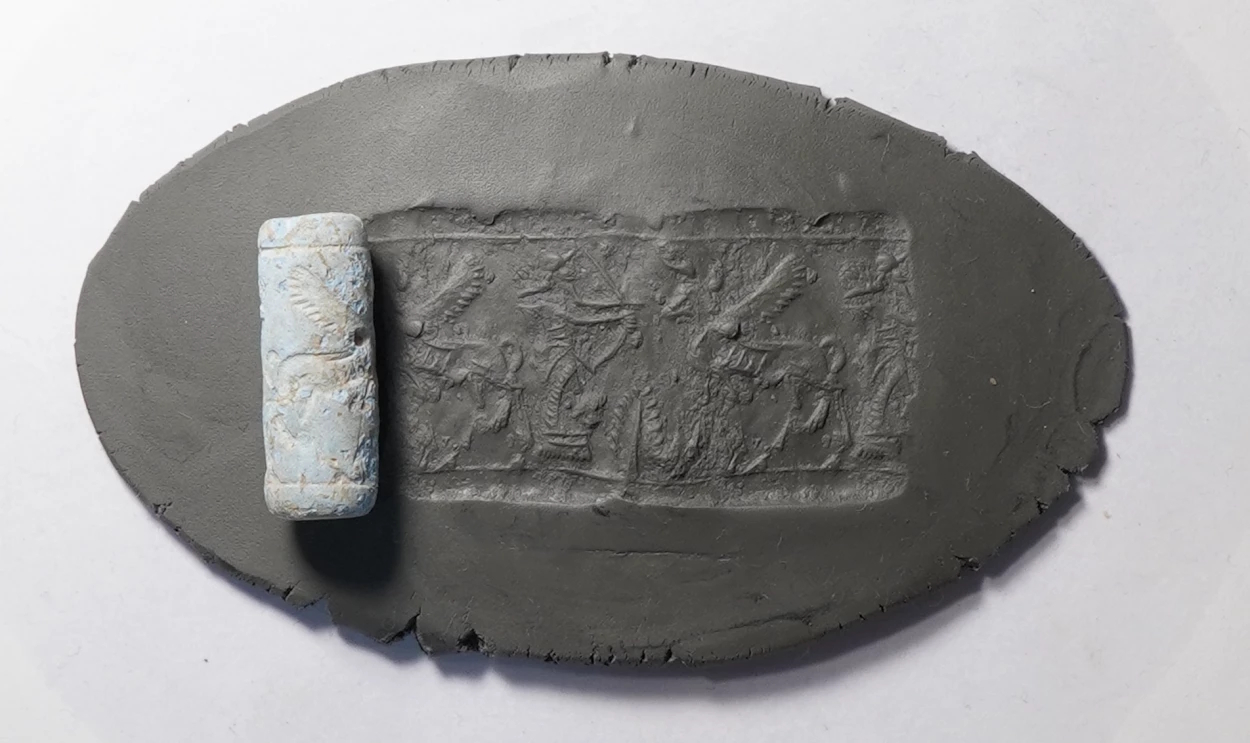
Among other artifacts, the latest excavations at Kani Shaie unearthed ancient "cylinder seals" associated with administration.
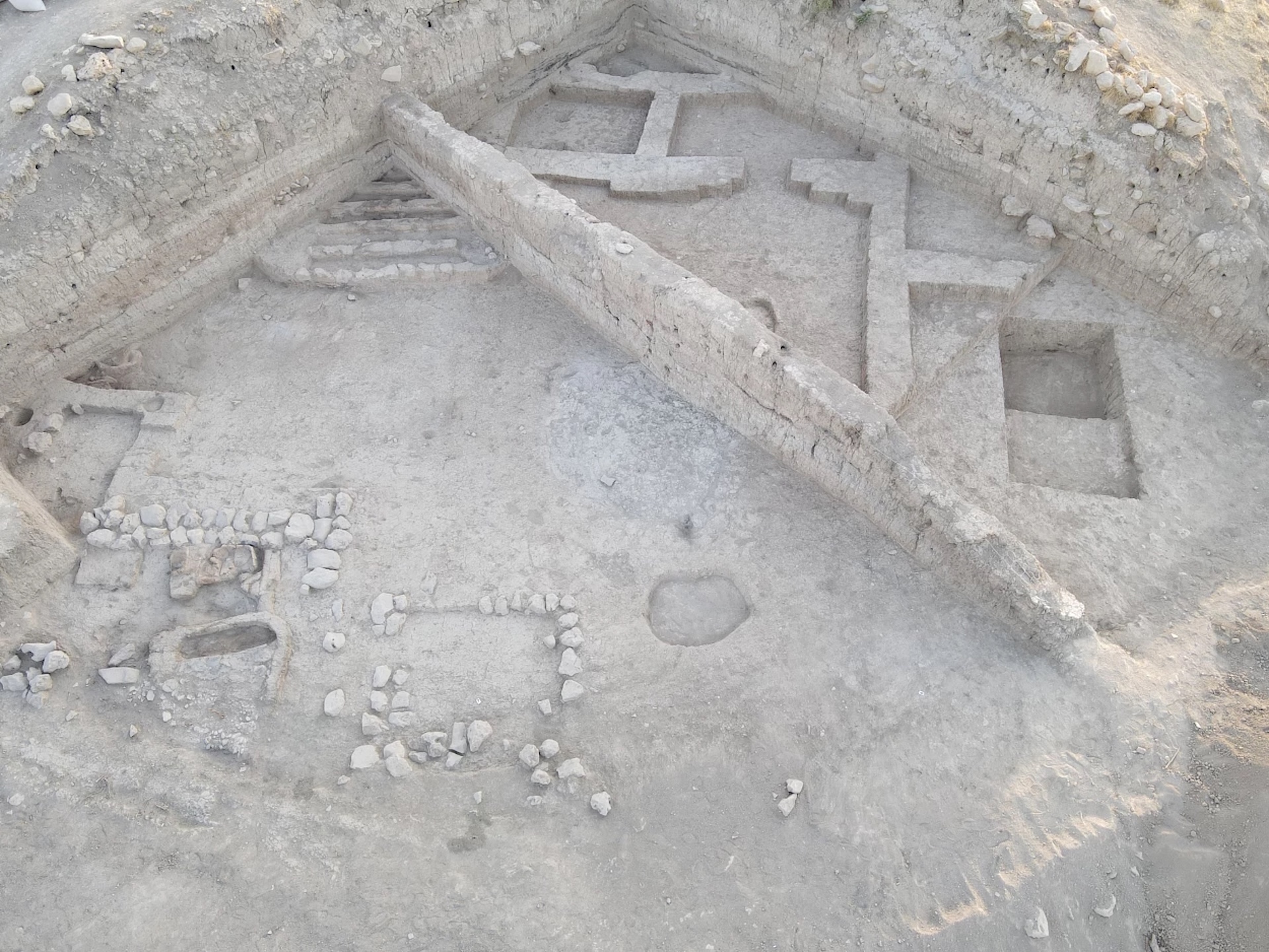
Archaeologists say the discovery shows the Kani Shaie settlement was integrated with a cultural network centered on the ancient city of Uruk in southern Mesopotamia.
Cylinder seal
The researchers also found fragments of a gold pendant, which may reflect a "social display" of wealth in the community; and "cylinder seals" from the Uruk period, which were associated with administration and political power, the statement said.
Get the world’s most fascinating discoveries delivered straight to your inbox.
In addition, the team discovered ancient "wall cones" — decorative ornaments consisting of cones of baked clay or stone that were pressed point-first into fresh plaster on a wall. The flat parts of the cones were then painted, creating a mosaic effect across the wall that often featured geometric designs, such as triangles and zigzags. The wall cones are further evidence that the building was a "public or ceremonial structure," the statement said.
Kani Shaie was almost 300 miles (480 kilometers) north of Uruk, which would have been about 15 days' walk on foot. But the new finds suggest that it was not a peripheral place during the Uruk period, as archaeologists had previously assumed because of its distance. Instead, the settlement seems to have been part of an expansive cultural and political network that stretched across ancient Mesopotamia.
"Kani Shaie is regarded as the most important archaeological site east of the Tigris River for understanding the sequence of human occupation from the Early Bronze Age through to the 3rd millennium BC," the researchers said.
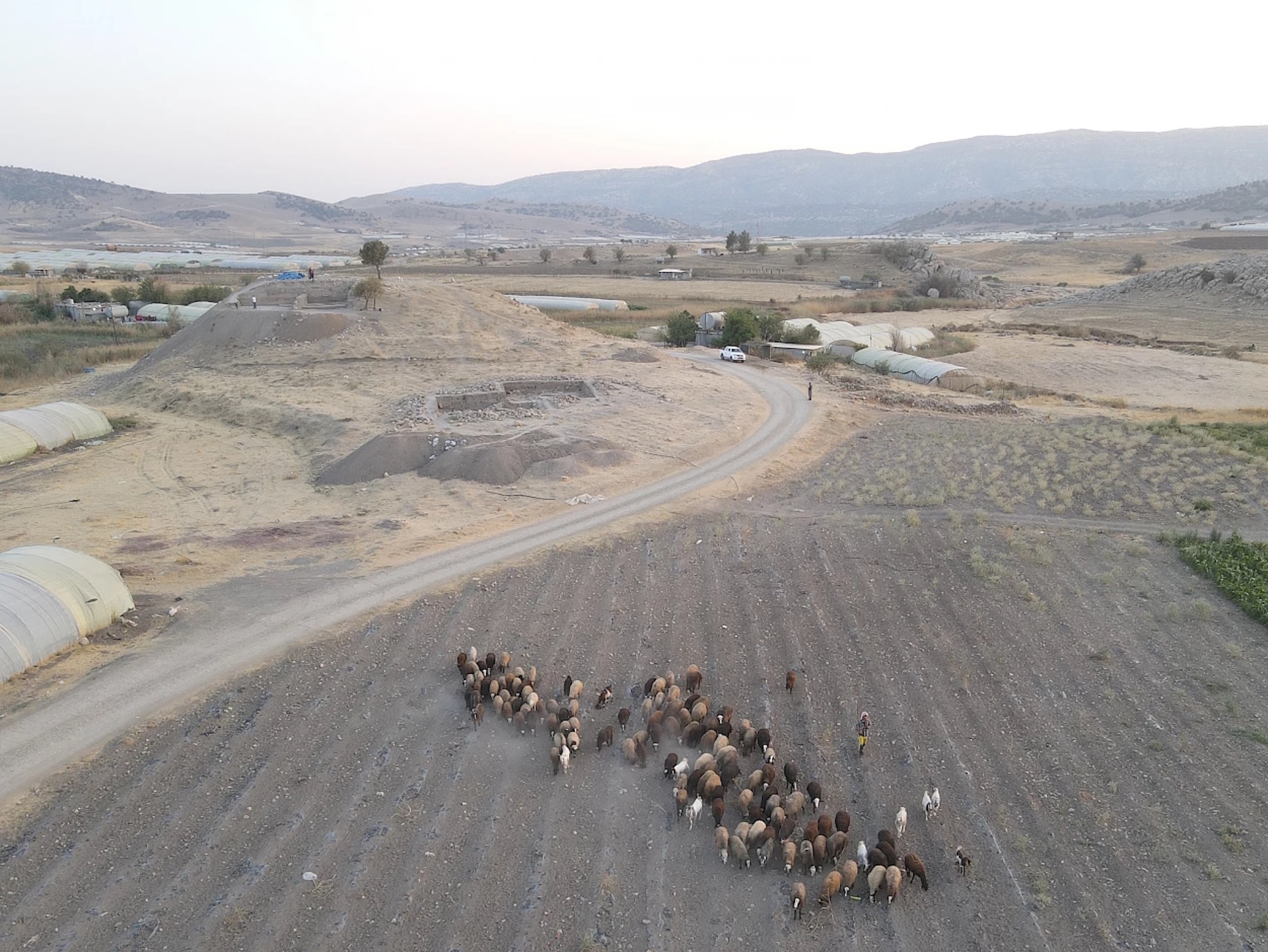
Archeologists have worked at Kani Shaie in the foothills of the Zagros Mountains since 2013.
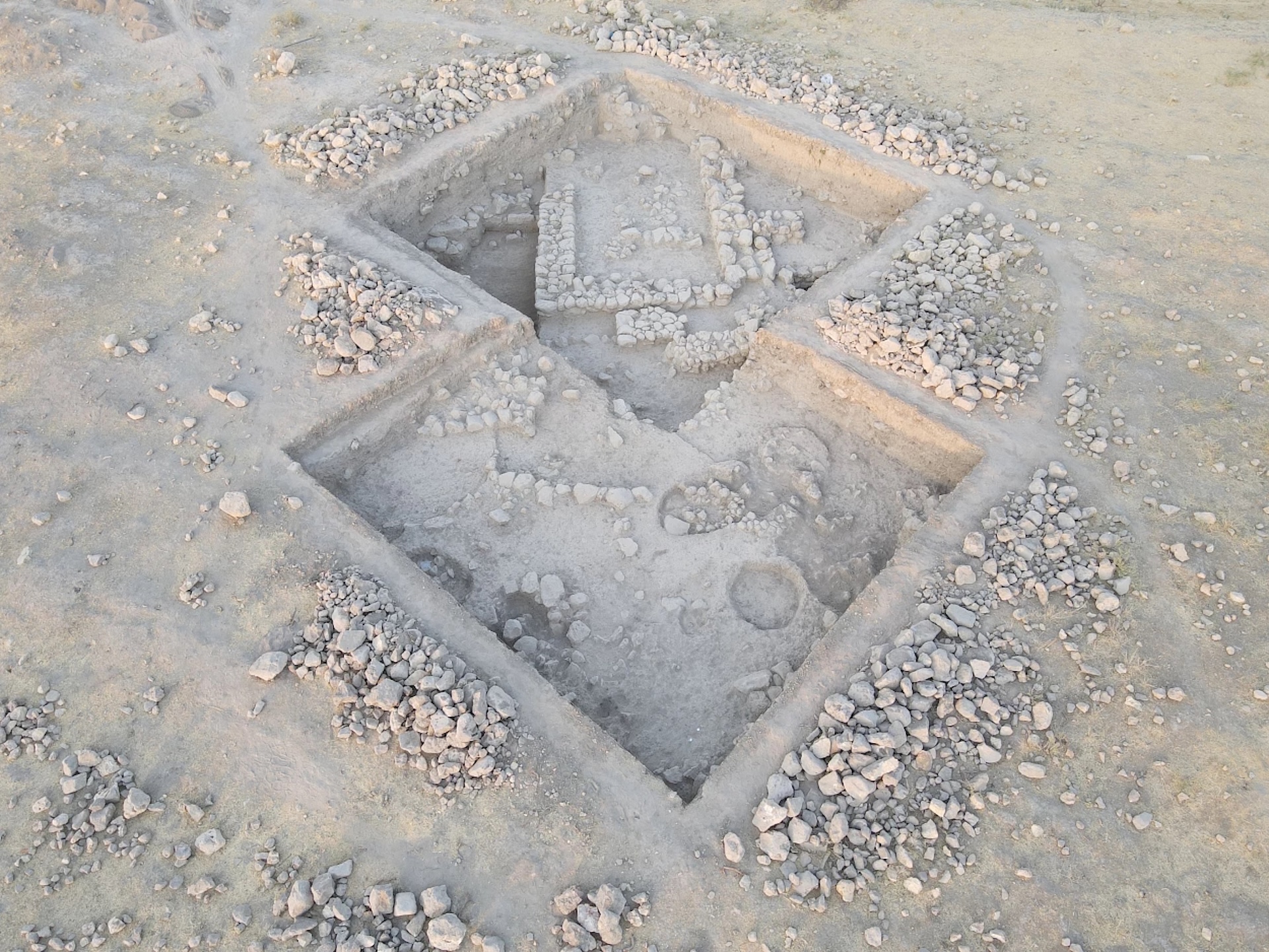
The building may have been a "cultic space" or temple for worship, according to the researchers.
Ancient Uruk
Archaeologists have carried out excavations at the site since 2013 and found evidence of occupation since the Chalcolithic period (the "Copper-stone" Age) from about 6500 B.C. in this region until about 2500 B.C.
Uruk (modern Warka in southern Iraq) may have been the first city in the world and it strongly influenced the Sumerians and later Mesopotamian civilizations. The people of Uruk are credited with inventing cuneiform writing, which may have been the first writing system and was used throughout Mesopotamia for thousands of years. They are also credited with developing the first written numbers, which seem to have been used for tallies of farming produce.
Uruk also pioneered a form of the "ziggurat" style of building that would be used for temples by later Mesopotamian civilizations; and it may have been the first place where priests were distinguished with special vestments and religious iconography.
Mesopotamia quiz: Test your knowledge about the ancient civilizations of the Fertile Crescent
Tom Metcalfe is a freelance journalist and regular Live Science contributor who is based in London in the United Kingdom. Tom writes mainly about science, space, archaeology, the Earth and the oceans. He has also written for the BBC, NBC News, National Geographic, Scientific American, Air & Space, and many others.
You must confirm your public display name before commenting
Please logout and then login again, you will then be prompted to enter your display name.


